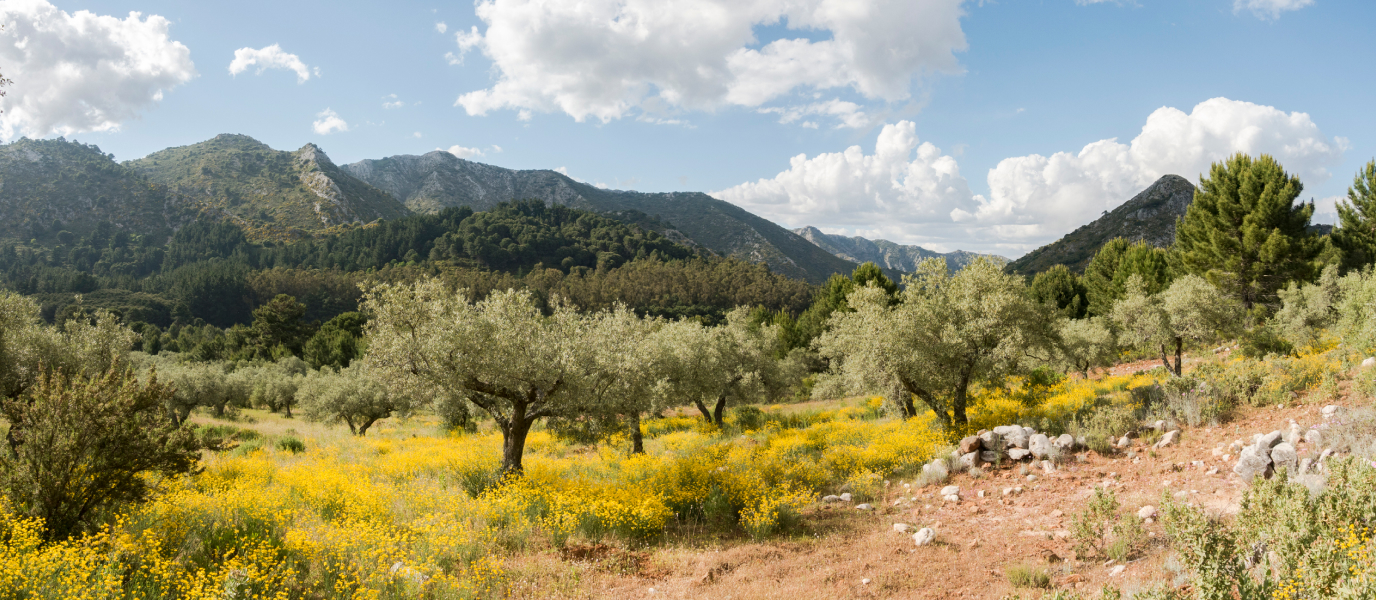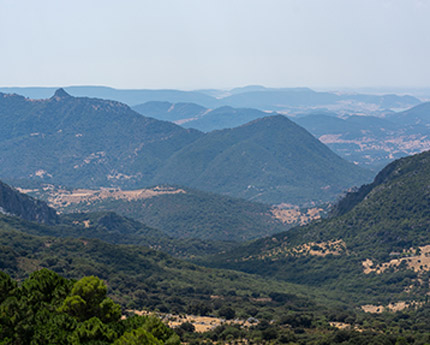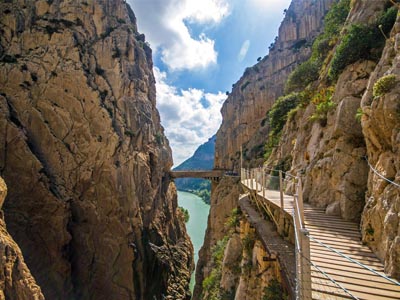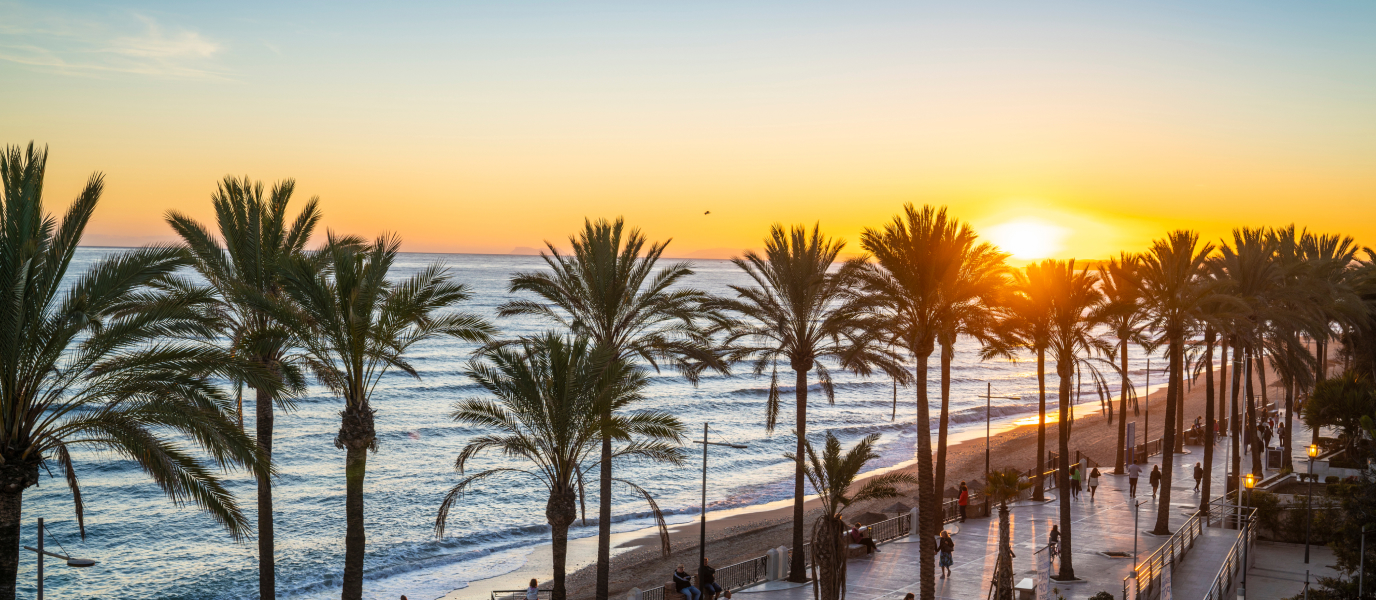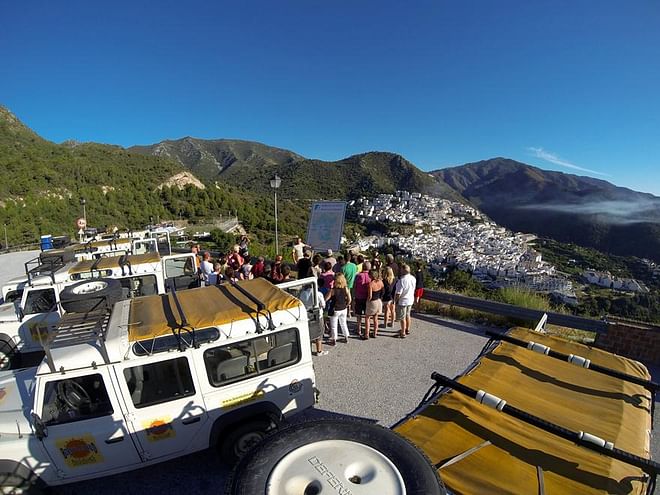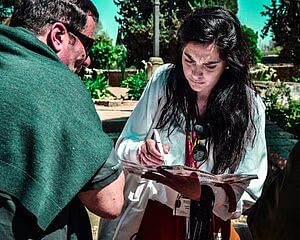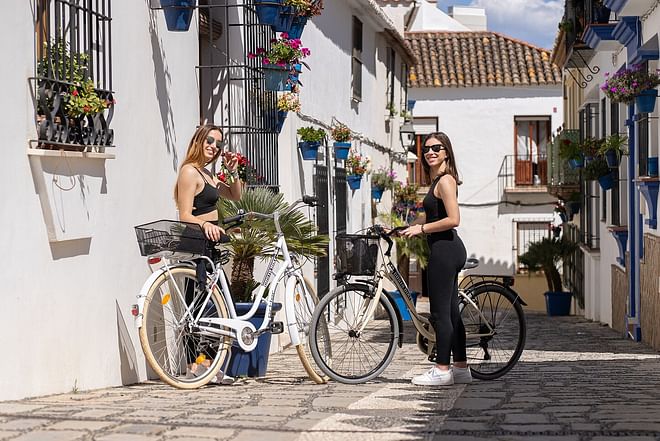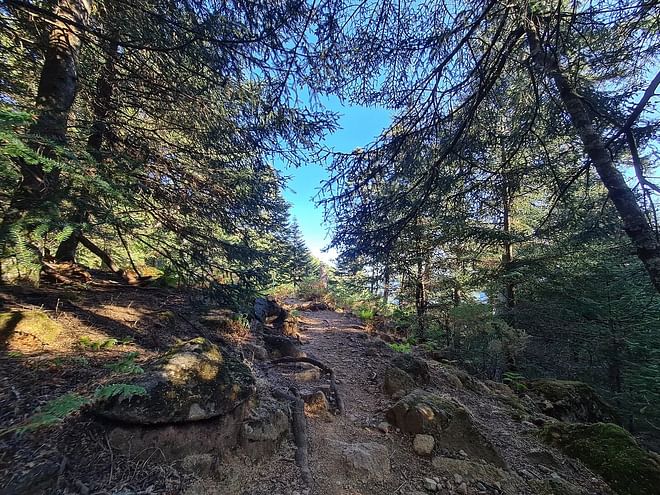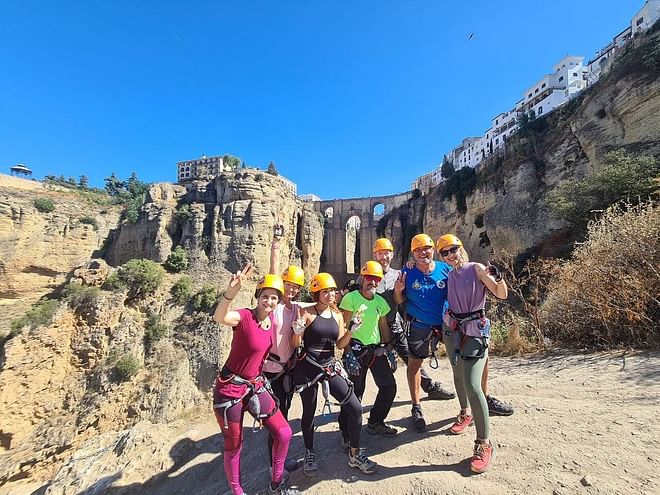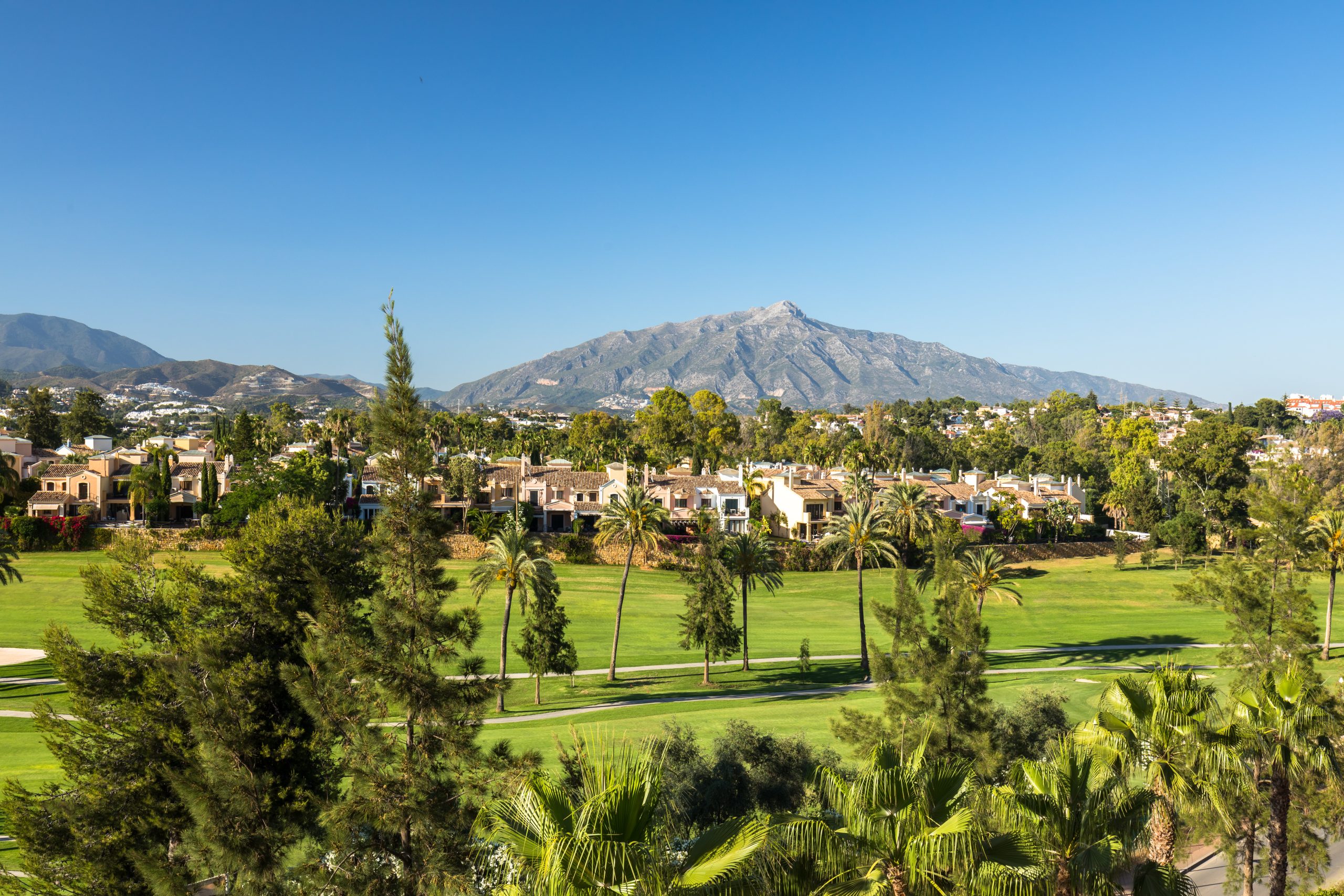The Sierra de las Nieves Natural Park stretches across approximately 20,200 hectares and is located in the central area of southern Andalusia, in the province of Málaga. Its rugged geography, with high peaks and deep gorges, is guarded by mountain municipalities that have much historical and cultural tradition—such as El Burgo, Ronda or Yunquera—and the watchful gaze of the Torrecilla, its highest peak at 1,919 metres above sea level.
Only 58 kilometres from the capital of the province, this natural paradise has been classified as a UNESCO Biosphere Reserve since 1995. A paradise that is open for the enjoyment of any visitor: it has an extensive network of accommodation and roads that facilitates its exploration. It also allows visitors to carry out a multitude of recreational activities offered by local companies, such chestnut or olive picking, olive oil production, and other types of ancient crafts from the area, to name only a few. Are you coming?
Flora and fauna in the Sierra de las Nieves Natural Park
Despite how hackneyed it may sound, the Sierra de las Nieves is a natural paradise worthy of being visited, and there are several reasons why. The first is obviously the unparalleled beauty of its landscape, full of rugged whitish mountains and reddish hillsides. This enclave is first and foremost home to abies pinsapo, a Mediterranean fir considered a botanical relic as it dates back to the Iberian Peninsula’s glacial period. This makes it a little less striking that in the area you can still find specimens which are up to 500 years old, such as the Escalereta, declared a Natural Monument.
The region’s holm oaks and cork oaks—mostly located in the mountains of Istán and Monda—and carob and chestnut trees—in the areas of Tolox and Parauta—complete the characteristic forest diversity of this space in which you can also spot the Castaño Santo, a specimen whose branches were already growing when the Iberian Peninsula was under Moorish dominion.
In terms of fauna, the natural park also shelters numerous animals such as the mountain goat and the golden eagle, easily seen at the highest altitudes, or the roe deer and the otter, which can be spotted on the banks of rivers.
The other hidden gem of the natural park is the GESM abyss, a kilometre-sized endo-karstic system with galleries and underground tunnels formed by water erosion during hundreds of years. With vertical grottos that lie at a depth of 1,100 metres, this system is considered the third deepest abyss in the world that has been explored.
Hiking trails in the Sierra de las Nieves
The high peaks of this mountain range used to serve as snowfields for the inhabitants of the adjacent towns, providing large amounts of ice that were transported by mules to the port of Algeciras. Nowadays, although this activity only remains alive in the name adopted by the Sierra (nieve means snow in Spanish), its peaks continue to receive visits from hikers, mountaineers and ornithologists. All of them are motivated by the beauty of the route, and the incredible panoramic views that its height promises.
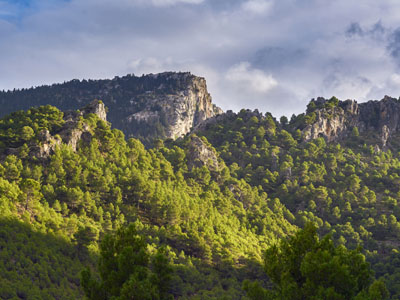
The route of ascent to Torrecilla Peak is, perhaps, the classic hiking route par excellence in the area. It is a 10-kilometre route (four hours) which takes visitors to the highest peak of the park, but not before a 1,300-metre ascent. There are various starting points to choose from: you can depart either from the Spanish fir tree forests of Yunquera and El Burgo, from Los Quejigales de Ronda, or from the Corona de Tolox hill. The route also promises hikers an entire display of the plant life formations that the park hosts, as well as one of the best views of the province of Málaga.
Another mountain route ascends from Yunquera to the Peña de los Enamorados [Lovers’ Mount], specifically through the Puerto del Caucón (or Mirador de Ceballos viewpoint). At 1,748 metres high, this mountain is characterised by being a particularly stony area, dotted with Spanish fir trees, holm oaks and bushes, and at the highest altitudes, with gall oaks, which are very typical in this park. Its proximity to the aforementioned Torrecilla Peak allows you to climb and reach both peaks on the same day.
Although these are the most representative, there are many other hiking trails in the Sierra de las Nieves. The Acequia del Molino Tourist Trail—an easy-going route—and the Nacimiento del Río Turón Trail—a medium-level route—are good opportunities to get to know the riparian vegetation that the park hosts.
And if you would like to take it a bit further, local companies such as Squaretravel or Vera Rural arrange as many activities as one can imagine. Routes on a horse, canyoning, kayaking, caving, organic farming… all this and more is possible within this natural park.
Local cuisine in mountain villages
As often happens with this type of tourism, tasting local dishes is the perfect way to round off a fabulous day out. In the specific case of the Sierra de las Nieves, simply visiting any of its bordering towns, usually dotted with white houses and narrow streets, is a good way to soak up the traditional Mediterranean cuisine in a unique context. Heavy on seasonal vegetables and fruits, olives, almonds, legumes, asparagus and mushrooms, as well as game meats and fish from the neighbouring Western Costa del Sol, the mountain cuisine of this area promises to entice all visitors’ palates.
In the northern municipality of Istán, for example, you can visit El Calvario Bar, a cosy establishment with an outdoor terrace that offers delicious lamb chops. And further north, in Guaro, the simple Venta El Abuelo delights diners with succulent dishes prepared using fresh produce and meat (both poultry and livestock). In Tolox and in Casarabonela, the restaurants Hotel Cerro de Hijar and Antigua Venta San Antonio, are the perfect way to sample Andalusian cuisine with creative touches, in more refined contexts than the previously mentioned restaurants.





























































